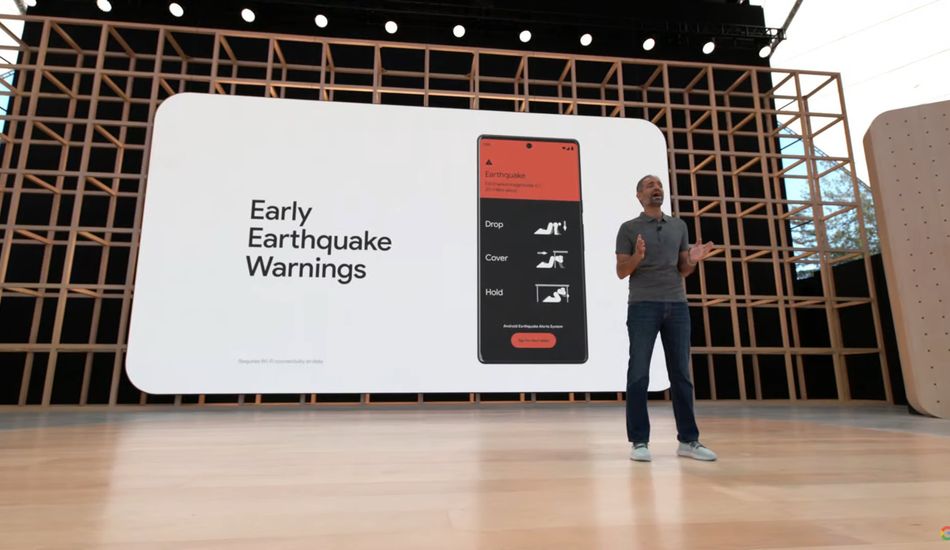
Android Earthquake Alerts: A Real Lifesaver? Data Suggests It Is
Back in 2020, Google rolled out Earthquake Alerts for Android, expanding it across the US by September 2024. I remember when they took it a step further, bringing these alerts to Wear OS smartwatches. It made me wonder: are these alerts actually useful? Can a few seconds of warning really make a difference?
Well, it turns out that using millions of Android phones to create a massive earthquake detection network is actually a brilliant idea. Imagine turning every Android phone into a mini-seismograph.
Over the past four years, this system has detected over 18,000 earthquakes and sent alerts to millions of people in about 100 countries. These alerts, as scientists point out, can give people those crucial seconds to move away from dangerous objects and find cover before the shaking starts. Every Android phone has an accelerometer, which is normally used for things like auto-rotation. But it can also detect ground shaking. This data, along with a rough location, is sent to Google's servers, which analyze the data from many phones in the area. This confirms if an earthquake is happening and estimates its location and magnitude.
I mean, think about it: that's a lot of data coming in real-time. The system then sends out two types of alerts: a "Be Aware" alert for light shaking and a "Take Action" alert that takes over the phone's screen and sounds a loud alarm for stronger shaking.
Google says they've issued alerts for over 2,000 earthquakes, totaling 790 million alerts worldwide. This has dramatically increased the number of people with access to an early warning system, from 250 million in 2019 to over 2.5 billion in 2025.
For example, during the 6.7 magnitude earthquake in the Philippines in November 2023, the system sent the first alert just 18.3 seconds after the quake started. People closer to the epicenter had about 15 seconds of warning, while those further away got up to a minute. Around 2.5 million people were alerted before they even felt the shaking! I find it pretty amazing.
Similarly, during a 5.7 magnitude earthquake in Nepal in November 2023, the first alert went out 15.6 seconds after the quake. People experiencing moderate to strong shaking had between 10 and 60 seconds of warning. Over 10 million alerts were delivered. And during Turkey’s 6.2 earthquake in April 2025, the first alert was issued eight seconds after the quake began, giving people a few to 20 seconds of warning.
What's more, Google has been constantly improving the accuracy of its magnitude estimations. Their margin of error has decreased substantially, making it as accurate, or even more so, than traditional seismic networks. In a survey of over 1.5 million people, 85% found the alerts very helpful. Even if they didn't feel the shaking, they appreciated the warning. Those who received a "Take Action" alert often took the recommended action of "Drop, Cover, and Hold On."
Source: AndroidAuthority